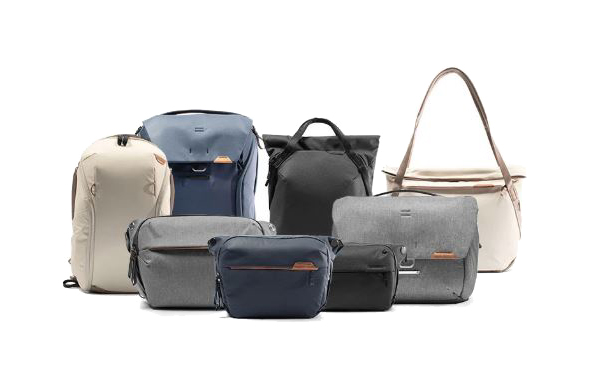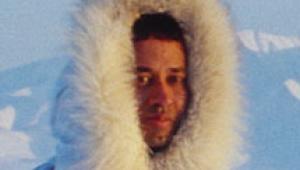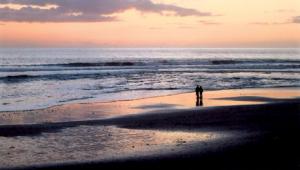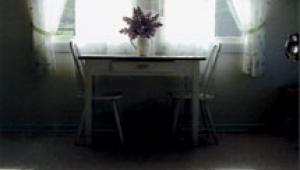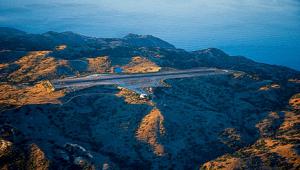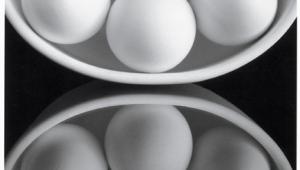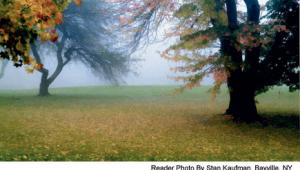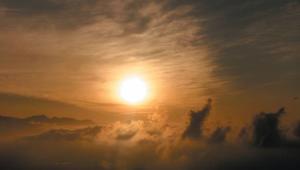Photo Tips to Maximize the 6 Things Spring Brings
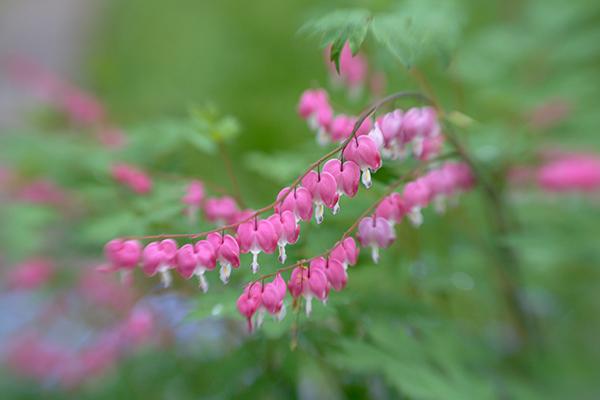
Warmer weather is in the forecast and that can mean only one thing (besides finding goose poop on every square inch of grassy surface). It’s time to take stock of your camera gear and get ready for the colorful bounty that spring unfailingly brings. Here’s our checklist of pre-summer mileposts to ponder.
The rites of spring begin. For me that means baseball games, bass fishing and washing my car to see what color it turned over the winter. Of course, it also means more good pictures. For those of you who relish cold and snowy weather, you have my disdain. And for those of you who live in perpetually pleasant climates, you have my outright scorn and contempt—as well as my unmitigated envy.
So what’s ahead over the next several weeks? Let’s take a look.
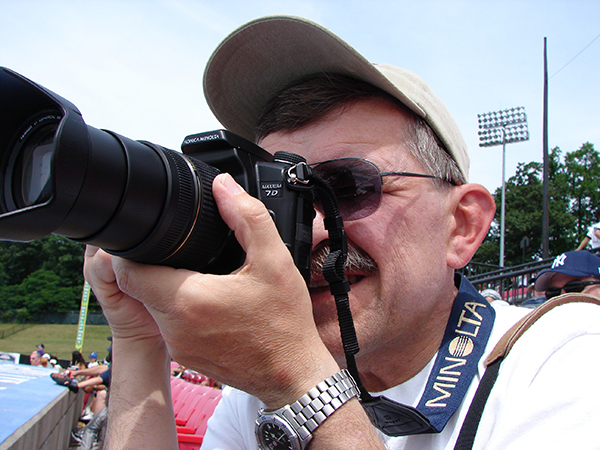
1. Baseball
Chances are you live near a city that has a minor league baseball team. Minor league games are great because you can see tomorrow’s stars before they appear on bubble gum cards. In most cases, you can treat the entire family to a full day of fun for just a few bucks, and although the skill level is not major league, it’s light years above what you see on the sandlots.
Furthermore, the existence of many minor league teams is in jeopardy because of the reinterpretation of certain labor laws. Politics is a foreign language to me, but I know that now is the time to see—and photograph—some exciting games before it’s too late.
What you need: if it’s your first foray to a minor league game, take a DSLR or mirrorless and the equivalent of a 70-200mm zoom. If you don’t have a 70-200mm zoom, baseball provides a great excuse to buy one. A zoom is imperative because most of the time you will be shifting your attention from the batter to the pitcher to a base runner—three different distances. Although I take several lenses when I go to Yogi Berra Stadium to watch the NJ Jackals play, I use a 70-200mm zoom lens 90% of the time.

2. Flowers
No explanation needed here. Flowers are the first colorful things that appear after a gray and dreary winter. But frankly speaking, pictures of the same crocus buds year after year become rather tedious. Fortunately there is an awesome fix for that.
What you need: anything Lensbaby. There are too many excellent choices in the Lensbaby catalog to list here, but I can heartily recommend the Lensbaby Omni Creative Filter System which I reviewed here a couple months back.
Image up top shot with Sony Alpha A900 full-frame DSLR and Lensbaby Sweet 80, 1/1250 sec, f/stop unrecorded and ISO 400. ©Jon Sienkiewicz

3. Early Birds
The unofficial harbingers of spring, or so they say. Some of the birds in my area are confused by the warming winters and are with us year-round. I even read somewhere that the Canadian Geese we see here in the Northeast are now genetically different than their northern cousins and no longer share the instinct to fly south in the winter. All this time I thought they were just pooping on the grass, but they were actually mutating. Sneaky.
What you need: Start with a ton of patience, add several measures of persistence and mix thoroughly with a telephoto lens or tele zoom, the faster the better. Birds are fidgety, even when they appear to be at rest at a feeding station, so a crisp image requires a high shutter speed. That’s why a fast lens is so useful. (And BTW, if a gander charges at you don’t run—stand your ground. And send us a few shots of the bruises.)
Check out this Sigma 70-200mm f/2.8 DG OS HSM and/or Tamron SP 70-200mm f/2.8 Di VC G2 at Amazon. You know you’re going to buy a 70-200mm zoom sooner or later, so you might as well buy it early in the spring so you can enjoy it during the most photogenic time of the year.
4. Travel
Spring and summer vacations are the rewards for enduring the cold and snow, at least they are if you live north of US Route 40. Even adding just one free day to a business trip can be rejuvenating—and can provide treasured photo ops.
What you need: no matter where you travel, if you carry your camera gear in a photo backpack you can enjoy greater mobility, security and comfort. Take a close look at the Peak Design lineup (pictured above), particularly the new Peak Design Travel Duffelpack 45-65L.
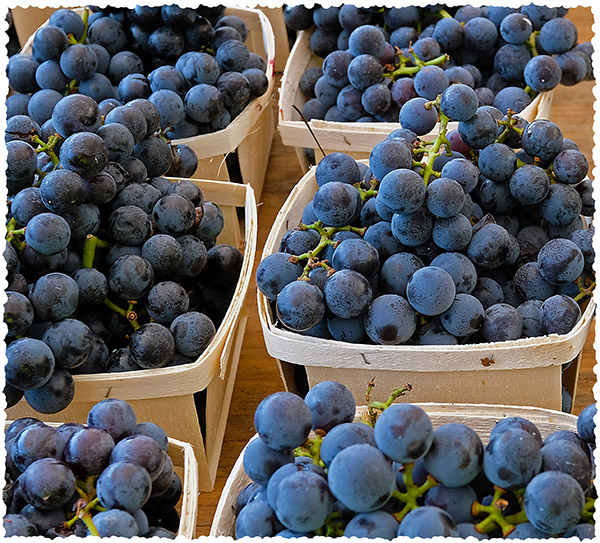
5. Longer Days
Daylight Saving Time begins March 8. And the official first day of spring is March 19, 2020.
What you (might) need: Okay, this is only half serious, maybe 60%. Military Energy Gum, or MEG for short, packs 100mg of caffeine in each piece. That’s the equivalent of about one cup of coffee (the average caffeine content of an 8-ounce, brewed cup of coffee is about 95 mg). Don’t overdo it, of course; caffeine is never a suitable substitute for sleep. The brand I chew is made in the US and has been issued in various military combat rations.
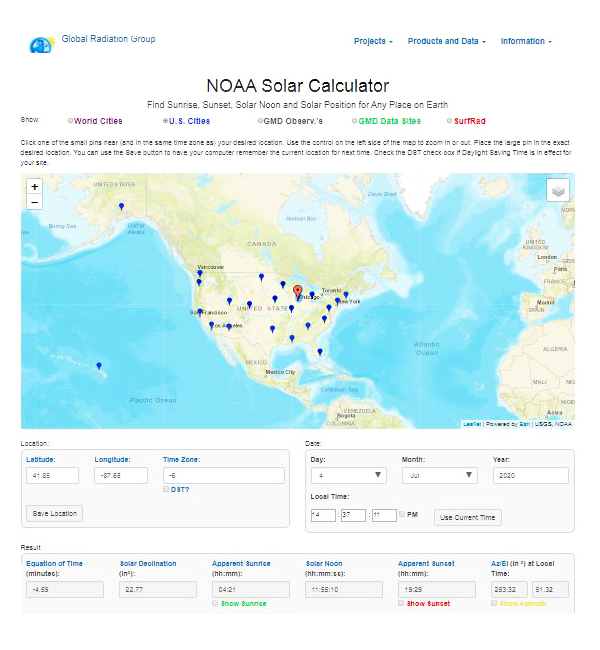
About once a year I like to remind readers that NOAA, our National Weather Service, offers a sunrise/sunset calculator on a special website. I find it very useful when planning evening excursions, attending July fireworks events and preparing for crack-of-dawn fishing trips. NOAA has an all-new website now, and it’s not only easier to use, it provides information for cities around the world, not just the USA.
Visit weather.gov for a weather update, and go to this site to learn sunrise, sunset, solar noon and solar position for any place on Earth.
—Jon Sienkiewicz
(As an Amazon Associate, Shutterbug earns from qualifying purchases linked in this story.)
